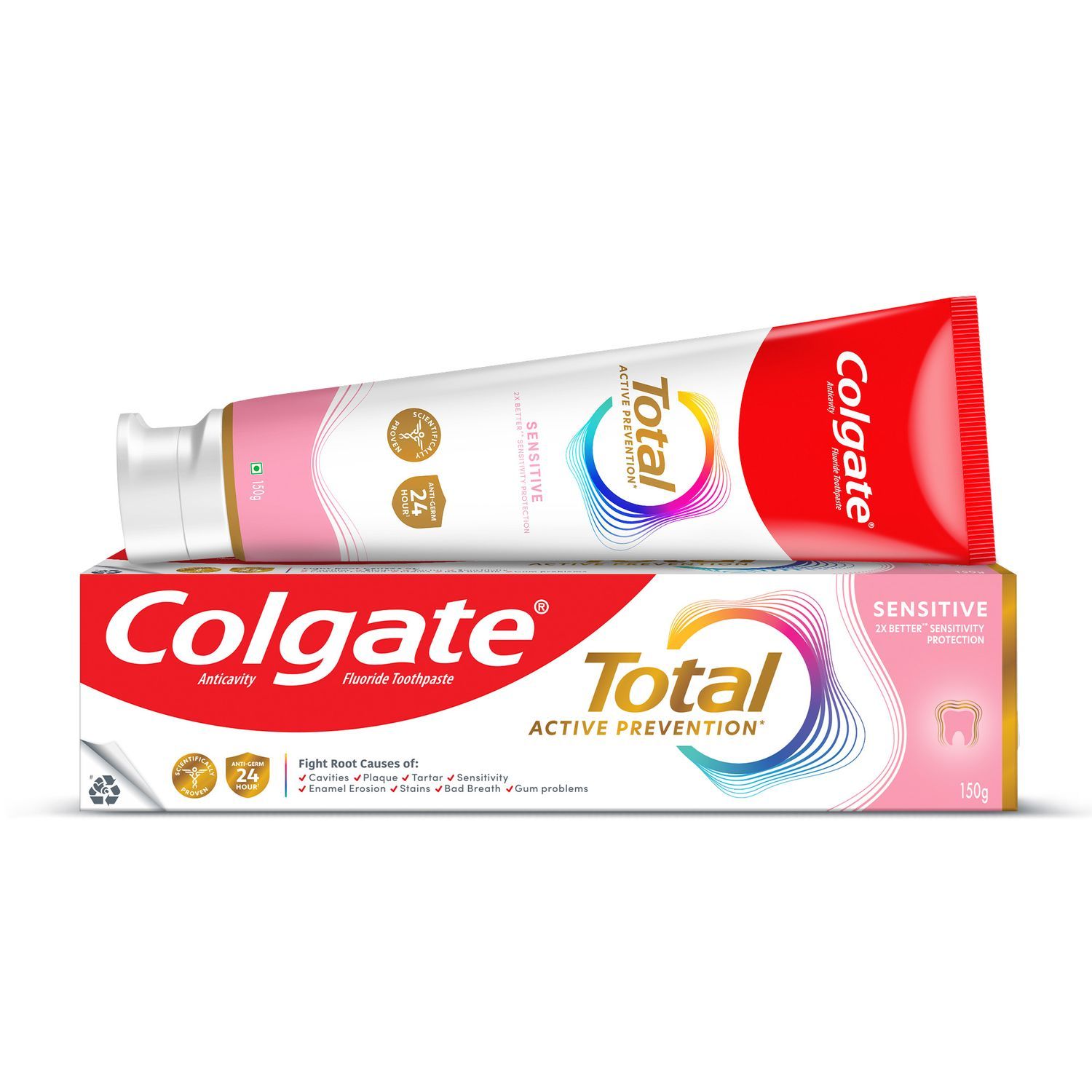Signs of a Dental Cavity
The Indian Dental Association describes that tooth decay is a condition wherein the tooth breaks down leading to the formation of a cavity. It starts with a hole/opening in the enamel. After eating a meal, bacteria feed on the sugars in your mouth, forming acids. The acids remove minerals from your teeth and weaken the tooth structure. Eventually, this weakened structure breaks down, which allows bacteria to travel deeper into the tooth to form holes.
Although you may first notice a cavity when you see a visible hole in a tooth, the decay process begins far before that hole forms. Some symptoms to look out for include tooth sensitivity to hot and cold, pain when biting down or staining on the tooth, as the Mayo Clinic explains. If you notice any of these signs of a cavity, you should visit your dentist as soon as possible for diagnosis and treatment.
Why a Homemade Tooth Filling Won't Work
As the NIH explains, a cavity is permanent tooth damage that must be filled by a dental professional. While there is almost no risk involved in having a cavity filled, the University of Michigan explains that there are severe risks to letting dental decay continue to worsen.
The Indian Dental Association notes that tooth decay, if not not treated, can reach the deeper sections of the tooth leading to a variety of gum problems such as inflammation and swelling, pain and ultimately tooth loss. Rest assured that your dental professional has the expertise and equipment needed to give your smile a lasting solution.
How a Dentist Places a Filling
If you need a filling, your dentist will begin by numbing the affected area of the mouth with a numbing gel and local injection to maximise your comfort, as the University of Michigan notes. Once numb, your dentist will use a drill to clean out the infected part of the tooth structure. You may feel a little bit of vibration or pressure, but you shouldn't feel any pain because of the numbing agent. This procedure is one you simply cannot do at home without the assistance and expertise of a dentist and their dental tools. Once they have cleaned out the infection, your dentist will fill the tooth with a restoration material and shape it to its original form.
Filling Materials
It's important to let your dentist place the filling, as there are many decisions in this process, including which filling material is best for your situation. The Indian Dental Association explains that a filling is a way to restore a tooth damaged by decay back to its normal function and shape. There are three major types of direct filling materials - Silver amalgam, made of a mixture of an alloy of silver-tin and liquid mercury; Composite (combination of glass/porcelain particles in a plastic matrix); Temporary filling materials.
Amalgam fillings are generally the fastest and cheapest option, according to the University of Michigan. Mouth Healthy notes that in a society focused on a white, bright smile, people tend to want fillings that blend with the natural colour of their teeth. Speak with your dentist about the material that will work best for you.
Remember: A dentist is trained to finish a filling in a way that you cannot do with a homemade tooth filling. They will ensure that the shape of the filling will match your original tooth and biting surface.
A filling is designed to restore your tooth for years to come, and when placed by a trained dentist, a silver filling may last 15 to 20 years, notes the Oral Health Foundation. Although it may seem intimidating to face a dental drill, fillings are safe, effective, lasting and common. Instead of trying to concoct a homemade tooth filling, talk to your dentist and work as a team to get your teeth back in working order.
This article is intended to promote understanding of and knowledge about general oral health topics. It is not intended to be a substitute for professional advice, diagnosis or treatment. Always seek the advice of your dentist or other qualified healthcare provider with any questions you may have regarding a medical condition or treatment.
ORAL HEALTH QUIZ
What's behind your smile?
Take our Oral Health assessment to get the most from your oral care routine
ORAL HEALTH QUIZ
What's behind your smile?
Take our Oral Health assessment to get the most from your oral care routine













